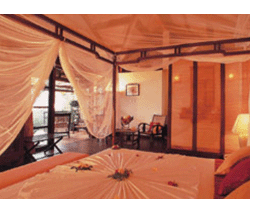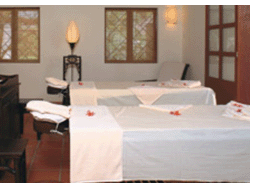|
||||||
| Cambodia, China, India, Indonesia, Japan, Malaysia, Maldives, Thailand, Vietnam, Singapore, Bali Vietnam •Ancient rituals include Nuat Namman body oil ceremony Four Seasons Chiang Mei Vietnam  • LIFE EXPECTANCY = 66 years average • LIFE EXPECTANCY = 66 years average• Healing Traditions of Vietnam “AM-DUONG” - Maintaining Balance Am-Duong is the very widespread belief that the universe is composed of opposing elements held in balance’ consequently, health is a state of balance a between these forces known as “Am” and Doung” in Vietnamese. You may observe that this is similar to and based upon the more familiar aaconcepts of yin-yang of China Vietnamese Healing Traditions • The Vietnamese believe that health is a state of balance between two forces known as “Am” and “Duong,” which is based on the concepts of yin and yang in China. Healing techniques include: - Cao Gio (coining) - mild dermabrasion - Giac (cupping) - circular contusion, - Bat gio (pinching) - bruise, blood to surface - Xong (steaming) - detoxify - Acupuncture and Acupressure - Herbs and Patent Medicines  A very widespread belief is that the Universe is composed of opposing elements held in balance; consequently, health is a state of balance between these forces, known as "Am" and "Duong" in Vietnamese, based on the more familiar concepts of yin and yang in China. Specific to health, these forces are frequently translated as "hot" and "cold," although it is important to understand that these concepts are not necessarily referring to temperature. Illness results when there is an imbalance of these "vital" forces. The imbalance can be a result of physiological state, such as pregnancy or fatigue, or it can be brought on by extrinsic factors like diet or over-exposure to "wind," one of the body forces or "humors." Balance can be restored by a number of means, including diet changes to compensate for the excess of "hot" or "cold," western medicines and injections, and traditional medicines, herbs and medical practices. These practices and medications include: A very widespread belief is that the Universe is composed of opposing elements held in balance; consequently, health is a state of balance between these forces, known as "Am" and "Duong" in Vietnamese, based on the more familiar concepts of yin and yang in China. Specific to health, these forces are frequently translated as "hot" and "cold," although it is important to understand that these concepts are not necessarily referring to temperature. Illness results when there is an imbalance of these "vital" forces. The imbalance can be a result of physiological state, such as pregnancy or fatigue, or it can be brought on by extrinsic factors like diet or over-exposure to "wind," one of the body forces or "humors." Balance can be restored by a number of means, including diet changes to compensate for the excess of "hot" or "cold," western medicines and injections, and traditional medicines, herbs and medical practices. These practices and medications include:Coining (Cao gio). "Catch the wind." A coin dipped in mentholated oil is vigorously rubbed across the skin in a prescribed manner, causing a mild dermabrasion. This practice is believed to release the excess force "wind" from the body and hence restore balance. Cupping (Giac). A series of small, heated glasses are placed on the skin, forming a suction that leaves a red circular mark, drawing out the bad force. Pinching (Bat gio). Similar to coining and cupping, the dermabrasion formed by pinching the skin allows the force to leave the body. (It should be noted that many of these practices are performed on young children, even infants, and the temporary dermabrasions they produce should not be confused with abuse or injury.)  Steaming (Xong). A mixture of medicinal herbs is boiled, the steam is inhaled, and the body bathed. Steaming (Xong). A mixture of medicinal herbs is boiled, the steam is inhaled, and the body bathed. Balm. Various medicated oils or balms, like Tiger balm, are rubbed over the skin. Acupuncture. Specialized practitioners insert thin steel needles into specific locations known as vital-energy points. Each of these points has specific therapeutic effects on the corresponding organs. Acupressure or Massage. Fingers are pressed at the same points as with acupuncture, and together with massage, stimulate these points to maximize their therapeutic effects. Herbs. Various medicinal herbs are boiled in water in specific proportions or mixed with "wine" and consumed, for example, in the postpartum, to restore balance. Patent Medicines. These powdered medicines come packaged usually from Thailand or China and are mixed or boiled with water and taken for prescribed ailments. © SPA MANAGEMENT JOURNAL - JANUARY 2006 |
||||||